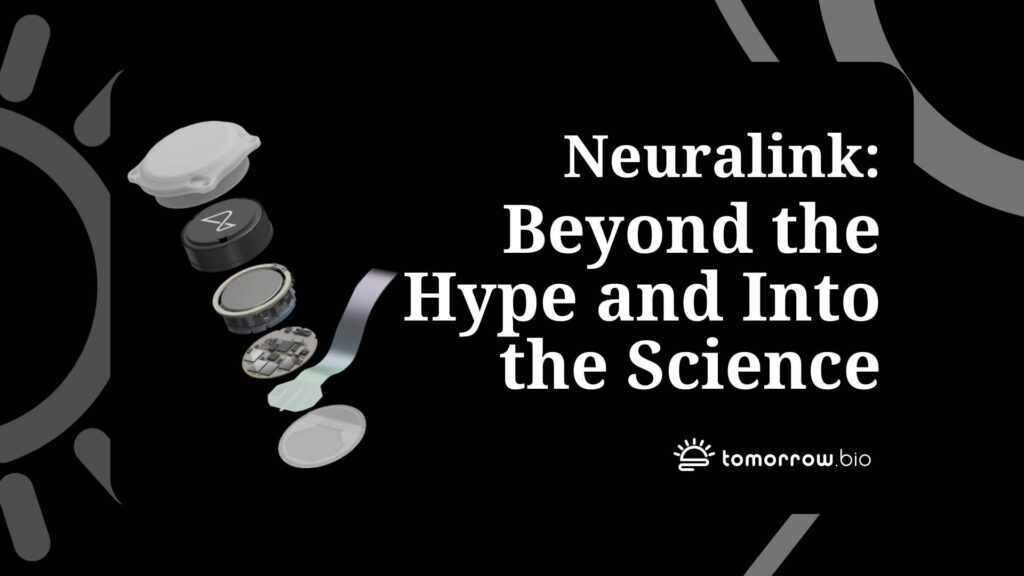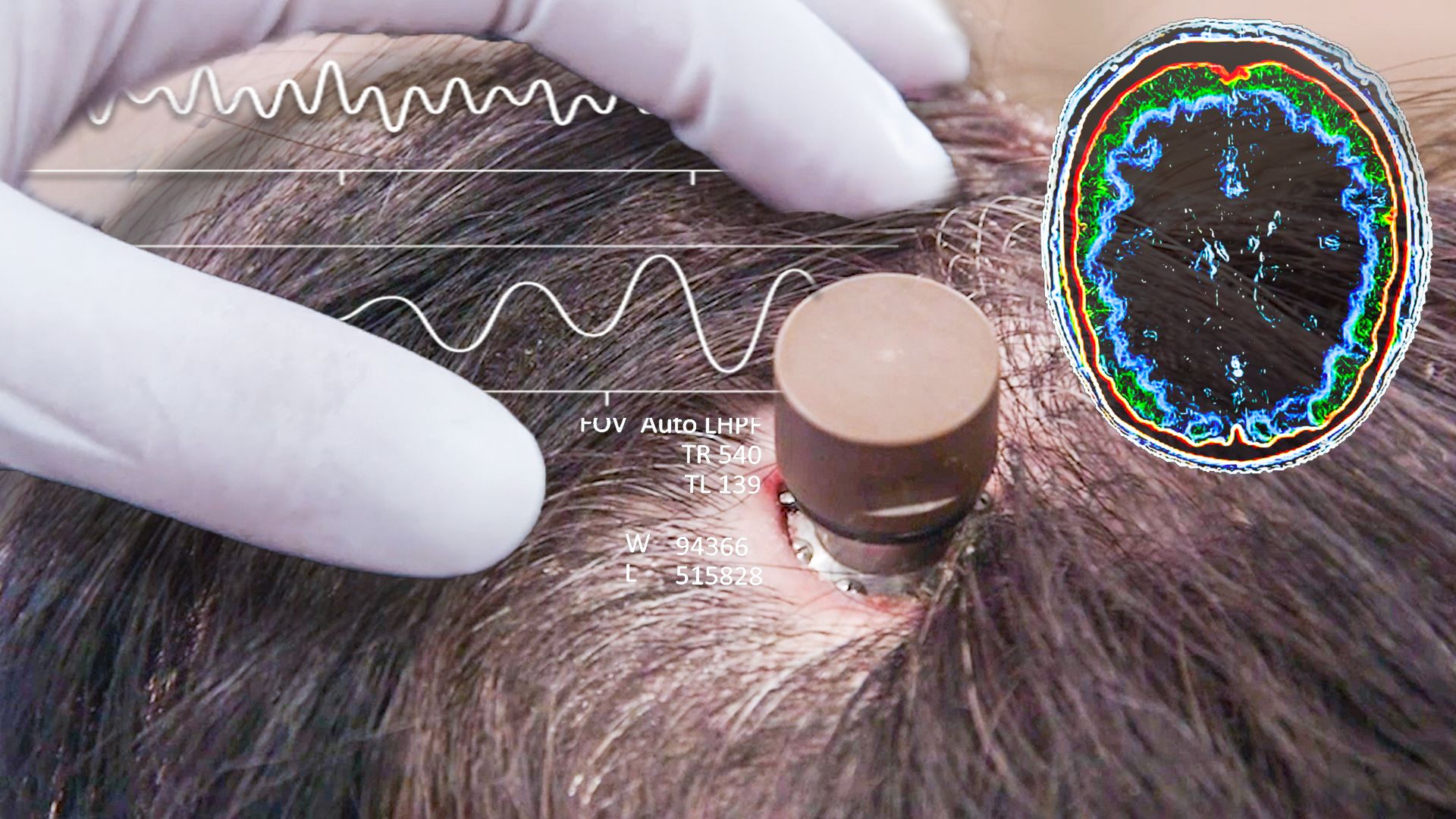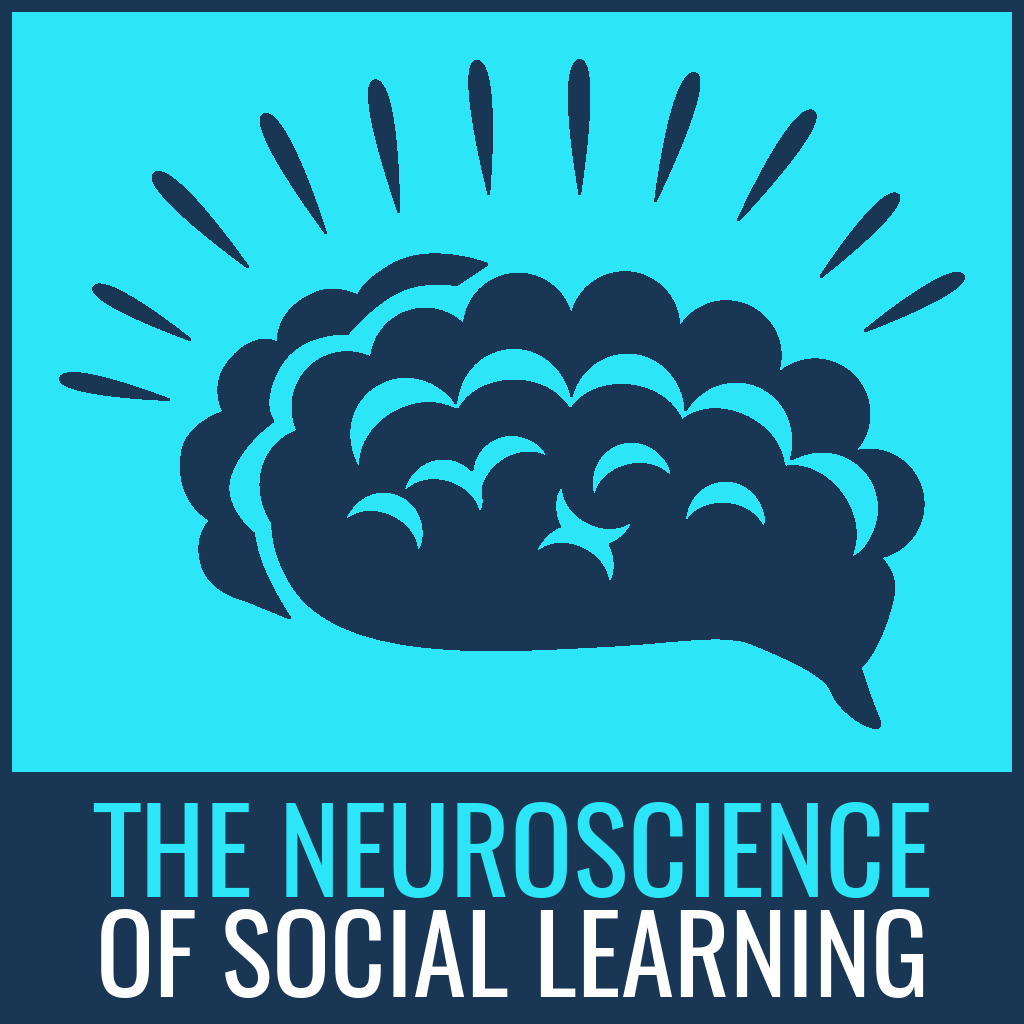
Hey everyone! Ever wondered how the intricate workings of our brains connect to the wider world of social interactions, ethics, and even technology? It’s a fascinating intersection, and I’ve been diving into some interesting perspectives on this. Let’s explore how neuroscience and social science are increasingly intertwined, and the ethical considerations that arise from emerging neural technologies.
The Missing Link: Neuroscience and Social Science

It’s becoming increasingly clear that understanding the brain is crucial for understanding social behavior. Traditional social science often operates on the level of observation and correlation, identifying patterns in how people interact. However, neuroscience offers a deeper level of analysis, exploring the biological mechanisms that underpin these interactions. For example, consider the study of empathy. Social scientists might observe that individuals who are more empathetic tend to be more helpful and cooperative. But neuroscience can delve into which brain regions are activated when we experience empathy, how these regions communicate with each other, and how these neural processes are influenced by factors like upbringing, genetics, and social context. This integration of disciplines can lead to a more comprehensive and nuanced understanding of human behavior. It can help us to better understand phenomena such as prejudice, cooperation, decision-making, and even the spread of misinformation. By understanding the neural basis of these behaviors, we can potentially develop more effective interventions to promote positive social change. Think about how insights into the neuroscience of addiction have informed more effective treatment strategies, or how understanding the neural underpinnings of anxiety has led to more targeted therapies. A similar approach could be applied to a wide range of social issues, from improving education to reducing crime.
The Ethical Dilemma of Neuralink: Are We Ready?

Speaking of technology, the rapid advancements in neural interfaces, like Neuralink, raise profound ethical questions. While the potential benefits of such technologies are immense – imagine restoring movement to paralyzed individuals, treating neurological disorders, or even enhancing cognitive abilities – we also need to consider the potential risks. What are the implications for privacy if our thoughts can be accessed and potentially manipulated? How do we ensure equitable access to these technologies and prevent them from exacerbating existing social inequalities? Could the use of neural interfaces lead to new forms of discrimination or social control? The debate around Neuralink is not just about the technology itself, but about the kind of future we want to create. It forces us to confront fundamental questions about what it means to be human, and about the relationship between technology and society. It’s crucial that ethicists, scientists, policymakers, and the public engage in a thoughtful and informed dialogue to address these challenges. We need to develop robust ethical frameworks and regulatory guidelines to ensure that these technologies are used responsibly and in a way that benefits all of humanity. Furthermore, the potential for neural enhancement raises questions about fairness and equality. If some individuals have access to technologies that enhance their cognitive or physical abilities, while others do not, this could create a new form of social stratification. It’s important to consider the potential for these technologies to widen the gap between the haves and have-nots, and to develop strategies to mitigate this risk.
So, what are your thoughts? How do you see the intersection of neuroscience and social science shaping our understanding of ourselves and society? And what ethical considerations do you think are most pressing when it comes to emerging neural technologies? Let’s discuss!
If you are looking for The Ethical Dilemma of Neuralink: Are We Ready? – YouTube you’ve came to the right page. We have 10 Pictures about The Ethical Dilemma of Neuralink: Are We Ready? – YouTube like (PDF) Neuroscience and Social Science: The Missing Link, The Neuroscience of Social Learning – Growth Engineering and also Why Neuralink might be saving humanity – YouTube. Here you go:
The Ethical Dilemma Of Neuralink: Are We Ready? – YouTube

www.youtube.com
Is Neuralink REALLY SAFE For Humans To USE?! – YouTube

www.youtube.com
Will Neuralink-like Science Lead To Mind Control?

timesofindia.indiatimes.com
Neuralink: Beyond The Hype And Into The Science

www.tomorrow.bio
Exploring NEURALINK What Is It And How Will It Change Our Lives – YouTube

www.youtube.com
(PDF) Neuroscience And Social Science: The Missing Link

www.researchgate.net
missing neuroscience science social link
Watch The Science Behind Elon Musk’s Neuralink Brain Chip | Currents

www.wired.com
Why Neuralink Might Be Saving Humanity – YouTube

www.youtube.com
The Neuroscience Of Social Learning – Growth Engineering

www.growthengineering.co.uk
learning social neuroscience
The Neuroscience Of Social Learning – ELearning Industry

elearningindustry.com
Will neuralink-like science lead to mind control?. The ethical dilemma of neuralink: are we ready?. Missing neuroscience science social link







:max_bytes(150000):strip_icc()/008_how-to-factory-reset-a-lenovo-laptop-5115817-a67348722ce94f9783881ea29e596310.jpg)